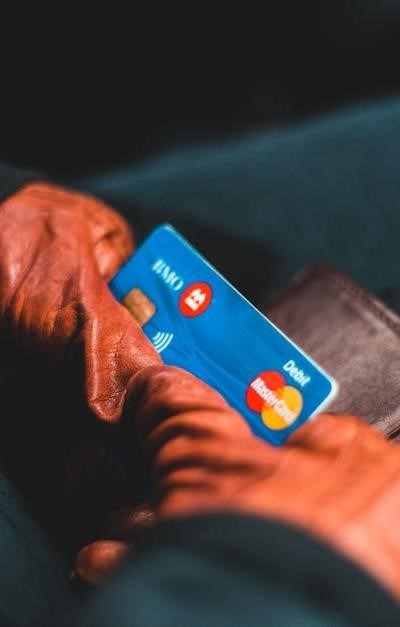
In today’s world, our smartphones are essential․ Losing, damaging, or having one stolen can be incredibly disruptive and expensive․ Fortunately, many credit cards offer built-in mobile protection, acting as a form of cell phone insurance․ This guide details how these credit card perks work, what’s covered, and how to maximize your benefits․ We’ll cover everything from smartphone coverage to the claim process․
Understanding Credit Card Cell Phone Protection
Several rewards cards and even some standard credit cards now include device protection as a benefit․ This isn’t a standalone phone insurance policy, but rather a perk offered to cardholders who use their card to pay their monthly cell phone bill․ It’s a fantastic way to get wireless protection without an additional monthly expense․
What Does Cell Phone Protection Typically Cover?
Coverage details vary significantly between cards, but common protections include:
- Accidental Damage: Cracked screens, liquid damage, and other physical mishaps․ Often includes screen repair․
- Theft Protection: Reimbursement if your phone is stolen (often requires a police report)․
- Lost Phone: Some cards cover lost phones, though this is less common․
- Purchase Protection: Coverage for a limited time after you buy a new phone, protecting against damage or theft․
It’s crucial to understand the specifics of your card’s policy details․ Some cards offer replacement phone options, while others provide reimbursement for repairs or the cost of a new device․
Eligibility and Requirements
Not all cards offer this benefit, and even those that do have specific requirements․ Here’s what you need to know:
- Eligible Devices: Most cards cover smartphones, but some may include tablets․ Check the list of eligible devices․
- Qualifying Purchases: You typically need to have paid your monthly cell phone bill in full with your eligible credit card․
- Activation Requirements: You may need to activate the protection within a certain timeframe (e․g․, 90 days) of purchasing the phone or enrolling in the program․
- Carrier Compatibility: Generally, any major carrier is accepted, but confirm with your card issuer․
How the Claim Process Works
Filing a claim usually involves these steps:
- Report the Incident: File a police report for theft or loss․
- Contact Your Card Issuer: Initiate the claim process through your credit card’s customer service or online portal․
- Submit Documentation: Provide proof of purchase, your cell phone bill, a police report (if applicable), and any repair estimates․
- Deductible: Be prepared to pay a deductible, which can range from $25 to $100 or more per claim․
- Reimbursement or Replacement: Receive reimbursement for covered repairs or replacement costs, or a replacement phone depending on the card’s terms․
Understanding Terms and Conditions
Carefully review the terms and conditions of your card’s wireless protection․ Pay attention to:
- Coverage Limits: The maximum amount your card will reimburse you for․
- Claim Frequency: The number of claims you can file per year․
- Exclusions: What isn’t covered (e․g․, cosmetic damage, pre-existing conditions);
Best Credit Cards for Cell Phone Protection (Examples)
While offerings change, some best credit cards known for this benefit include (always verify current benefits):
- Chase Sapphire Preferred® Card
- Wells Fargo Reflect® Card
- U․S․ Bank Altitude® Go Visa Signature® Card
These cards often combine cell phone protection with other valuable travel insurance and extended warranty benefits․
Monthly Credit & Beyond
Some cards offer a monthly credit towards your cell phone bill, in addition to the damage/theft protection․ This is a separate benefit and can significantly reduce your monthly expenses․
Important Considerations
This credit card benefit is a valuable addition, but it shouldn’t replace a comprehensive insurance plan if you require extensive coverage․ Always read the fine print and understand your card’s specific coverage details․ Consider it a supplemental layer of mobile protection․




This is a really helpful and concise guide! I had no idea my credit card offered this kind of protection. The breakdown of what